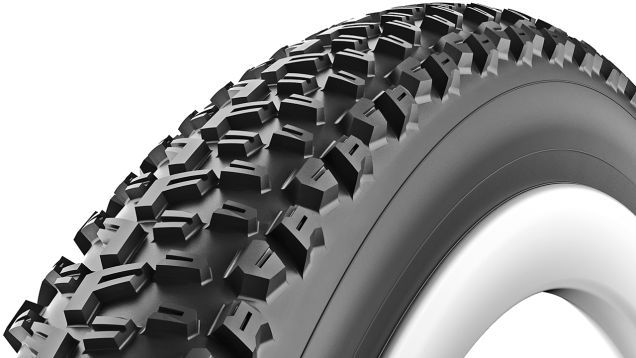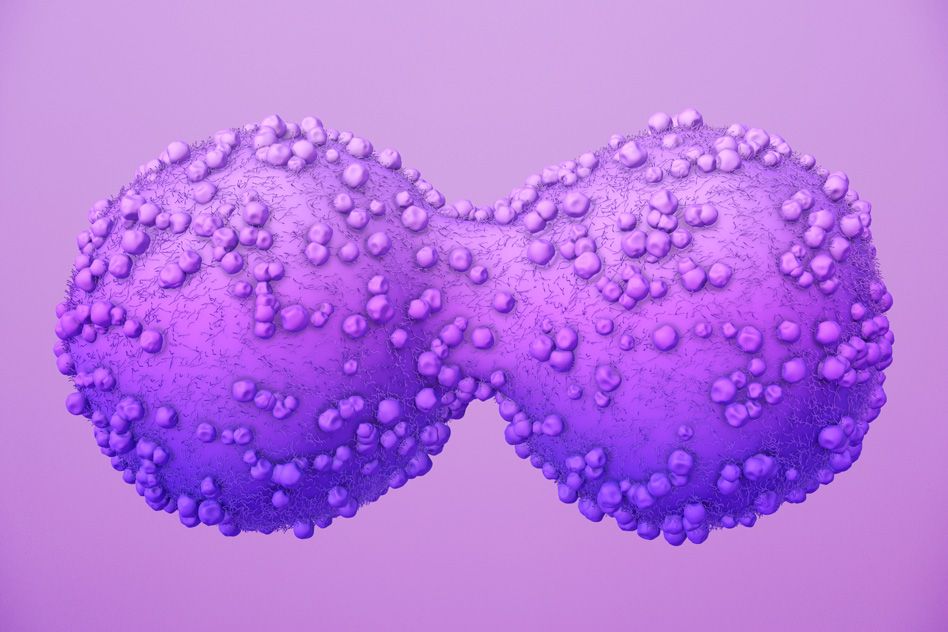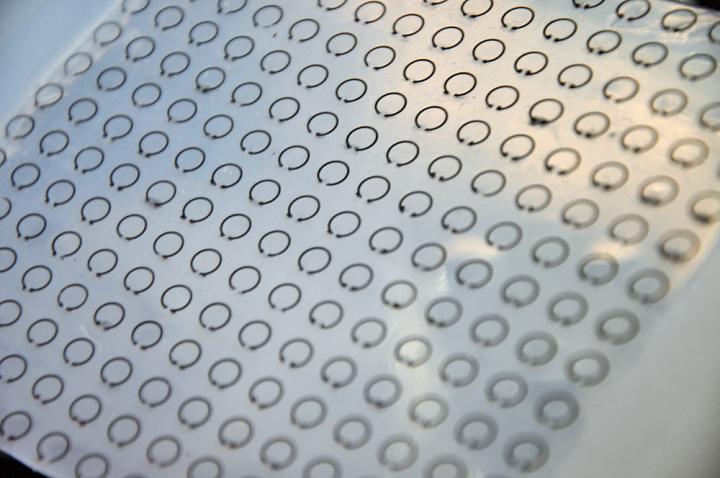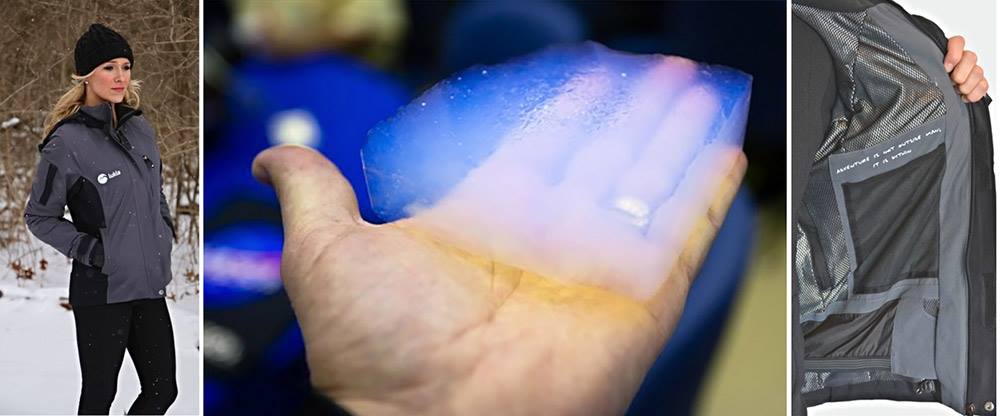Mar 13, 2016
Tiny, artificial trees could form the next generation of windmills
Posted by Shailesh Prasad in categories: energy, materials, sustainability, transportation
Researchers in the US have proposed a new form of wind power: small, artificial, mechanical trees capable of producing energy from their vibrations. Working with the natural breeze, or small movements caused by other factors, the scientists hope that new forms of renewable energy can be developed in the future.
The idea is to create a device that can convert random forces – whether that’s from the footfall of pedestrians on a bridge, or a passing gust of wind – into electricity that can be used to power devices. And the researchers have found that tree-like structures made from electromechanical materials are perfect for the task.
“Buildings sway ever so slightly in the wind, bridges oscillate when we drive on them and car suspensions absorb bumps in the road,” said project leader Ryan Harne from Ohio State University. “In fact, there’s a massive amount of kinetic energy associated with those motions that is otherwise lost. We want to recover and recycle some of that energy.”
Continue reading “Tiny, artificial trees could form the next generation of windmills” »


















